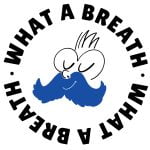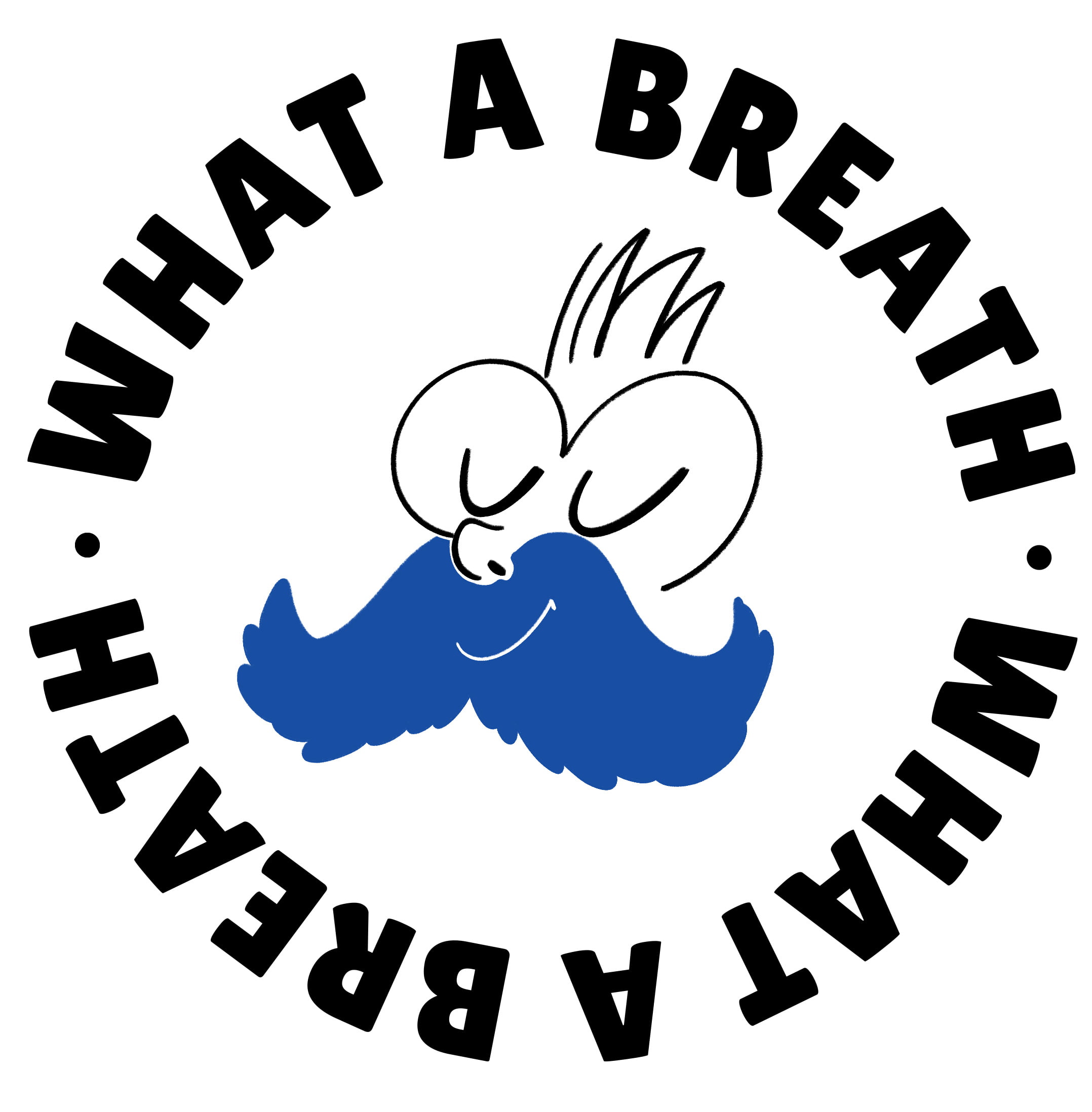Hey there! Shall we talk about stress and breathing for a bit? Stress is an increasingly common condition in modern society, and finding effective ways to relieve it has become essential for both mental and physical well-being. One of the most powerful and accessible strategies to combat stress is the mindful practice of breathing.
How does stress affect breathing? What exercises can help alleviate it, and how can you use breathing to relax and recharge?
But first:
What’s new with you? Any exciting news, challenges, difficulties, or milestones lately? If you feel like sharing, hit me up on Instagram—we can have a little chat.
In the meantime, let’s get started.
The Connection Between Stress and Breathing
To understand how breathing can help manage stress, it’s important to first grasp how stress affects our breathing. When we’re under stress, the body activates the sympathetic nervous system, also known as the "fight-or-flight" response. This triggers a series of physical changes, including an increase in heart rate and breathing rate.
In stressful situations, we often breathe shallowly and rapidly, using accessory muscles for breathing instead of the diaphragm. This type of breathing, called chest breathing, can lead to lower oxygen levels in the blood and increased muscle tension, further contributing to feelings of stress and anxiety.
Breathing Exercises to Relieve Stress
Fortunately, there are several breathing exercises that can help reduce stress and promote a sense of calm and well-being. One such exercise is diaphragmatic breathing, which engages the diaphragm—a muscle located beneath the lungs—and encourages deeper, more relaxed breathing.
Diaphragmatic Breathing Exercise:
- Find a comfortable position, either sitting or lying down, with your shoulders relaxed and back straight.
- Place one hand on your chest and the other on your stomach.
- Slowly inhale through your nose, directing the air downward so that the hand on your stomach rises while the one on your chest remains still.
- Slowly exhale through your mouth, feeling your diaphragm move upward and inward.
- Continue this breathing cycle for a few minutes, focusing on slowing down and deepening your breath.
Another helpful technique is controlled breathing, which involves timing your inhales, holds, and exhales to regulate your breathing rhythm and encourage relaxation.
Controlled Breathing Exercise:
- Inhale slowly while counting to four.
- Hold your breath for a count of four.
- Exhale slowly while counting to eight.
- Repeat this cycle at least five times, maintaining a steady rhythm and focusing on the sensation of your breath entering and leaving your body.
Using Breathing to Relax
Beyond practicing specific breathing exercises (such as Wim Hof), mindful breathing can be used as a tool to relax and recharge at any time during the day. Taking just a few minutes for deep, conscious breathing can significantly reduce stress and enhance feelings of calm and well-being.
A simple way to integrate mindful breathing into your daily routine is to set aside a few moments every hour to focus on your breathing during the day. Take a few deep, intentional breaths to relax your mind and body.
Breathing can also be combined with other relaxation techniques, such as meditation or yoga, to amplify its benefits and cultivate greater awareness of the present moment.
Conclusion
Breathing is a powerful tool for relieving stress and promoting mental and physical well-being. By regularly practicing breathing exercises like diaphragmatic breathing and controlled breathing, you can reduce tension and anxiety, improve focus and mental clarity, and foster a general sense of calm and balance in your daily life.
Incorporating mindful breathing into your daily routine and using it as a tool to relax and recharge can help you experience the many benefits this ancient practice has to offer for your overall well-being. Contact Me for a personalized consultation.






